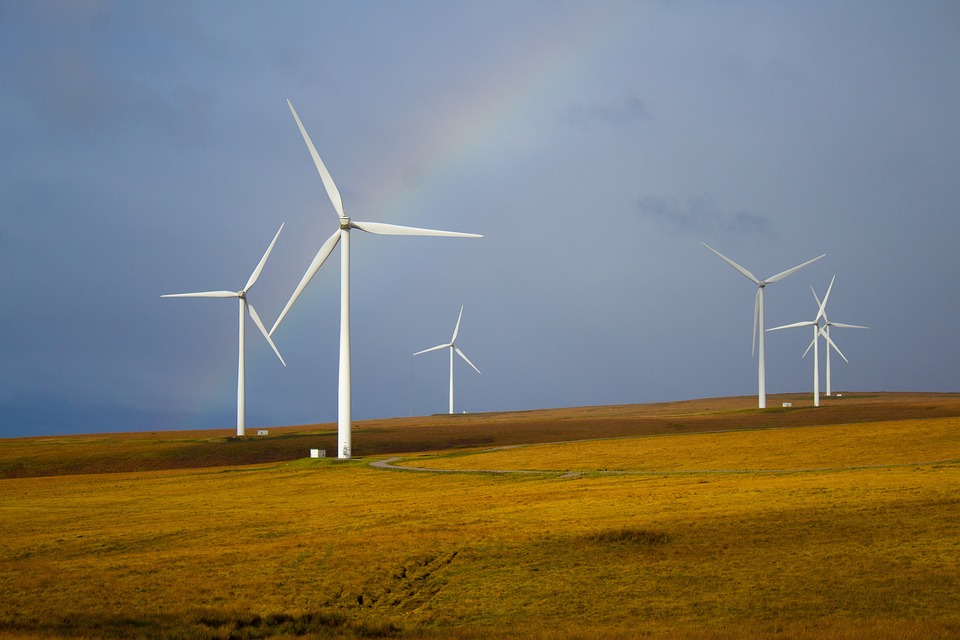Wind turbines are becoming an increasingly common sight on the horizon, as more and more countries look towards renewable energy to power their homes, businesses, and industries. In this article, we will explore how wind turbines work and their role in the global shift towards renewable energy.
What is a Wind Turbine?
A wind turbine is a device that converts wind energy into electrical energy. The modern wind turbine is made up of three main parts: the rotor blades, the rotor hub, and the nacelle. The rotor blades are typically made of fibreglass or carbon fibre and can be up to 80 meters long. The rotor hub connects the blades to the nacelle, which houses the generator, gearbox, and other components.
How do Wind Turbines Work?
Wind turbines work by harnessing the kinetic energy of the wind and converting it into mechanical energy. The rotor blades of the wind turbine are designed to catch the wind and turn the rotor hub. As the rotor hub turns, it drives the generator inside the nacelle, which converts the mechanical energy into electrical energy.
The speed and power of the wind determine how much electricity the wind turbine can generate. Most modern wind turbines have sensors that can detect changes in wind speed and direction and adjust the rotor blades accordingly to optimize energy production.
What are the Different Types of Wind Turbines?
There are two main types of wind turbines: horizontal-axis wind turbines (HAWTs) and vertical-axis wind turbines (VAWTs).
HAWTs are the most common type of wind turbine and have blades that rotate around a horizontal axis. The rotor blades are attached to a shaft, which is connected to a gearbox that increases the rotational speed of the generator. HAWTs are typically more efficient than VAWTs, as they can capture more wind energy.
VAWTs have blades that rotate around a vertical axis and are often used in urban environments, where space is limited. VAWTs can operate in winds from any direction and are less sensitive to changes in wind direction than HAWTs. However, they are generally less efficient and generate less power than HAWTs.
What is the Role of Wind Turbines in Renewable Energy?
Wind turbines play a critical role in the global shift towards renewable energy. As countries look to reduce their reliance on fossil fuels, wind energy has emerged as a viable alternative. Wind energy is clean, renewable, and does not emit any greenhouse gases or other pollutants.
The growth of wind energy has been significant in recent years, with the global capacity of wind turbines surpassing 700 GW in 2020. This represents a 10% increase from the previous year and is enough to power over 250 million homes.
Wind energy has also become increasingly cost-competitive, with the cost of wind power falling by over 70% since 2010. In many parts of the world, wind energy is now the cheapest form of new electricity generation.
Wind energy has the potential to play a significant role in meeting our energy needs in the coming decades. The International Energy Agency (IEA) predicts that wind energy could provide up to 18% of the world’s electricity by 2025 and up to 30% by 2050.
What next for wind turbines?
Wind turbines are a critical part of the global shift towards renewable energy. They harness the power of the wind to generate clean, renewable electricity and have the potential to play a significant role in meeting our energy needs in the coming decades.
As technology improves and costs continue to fall, wind energy is becoming increasingly cost-competitive and is emerging as a viable alternative to fossil fuels. By continuing to invest in wind energy, we can help to create a more sustainable future for ourselves and future generations.

